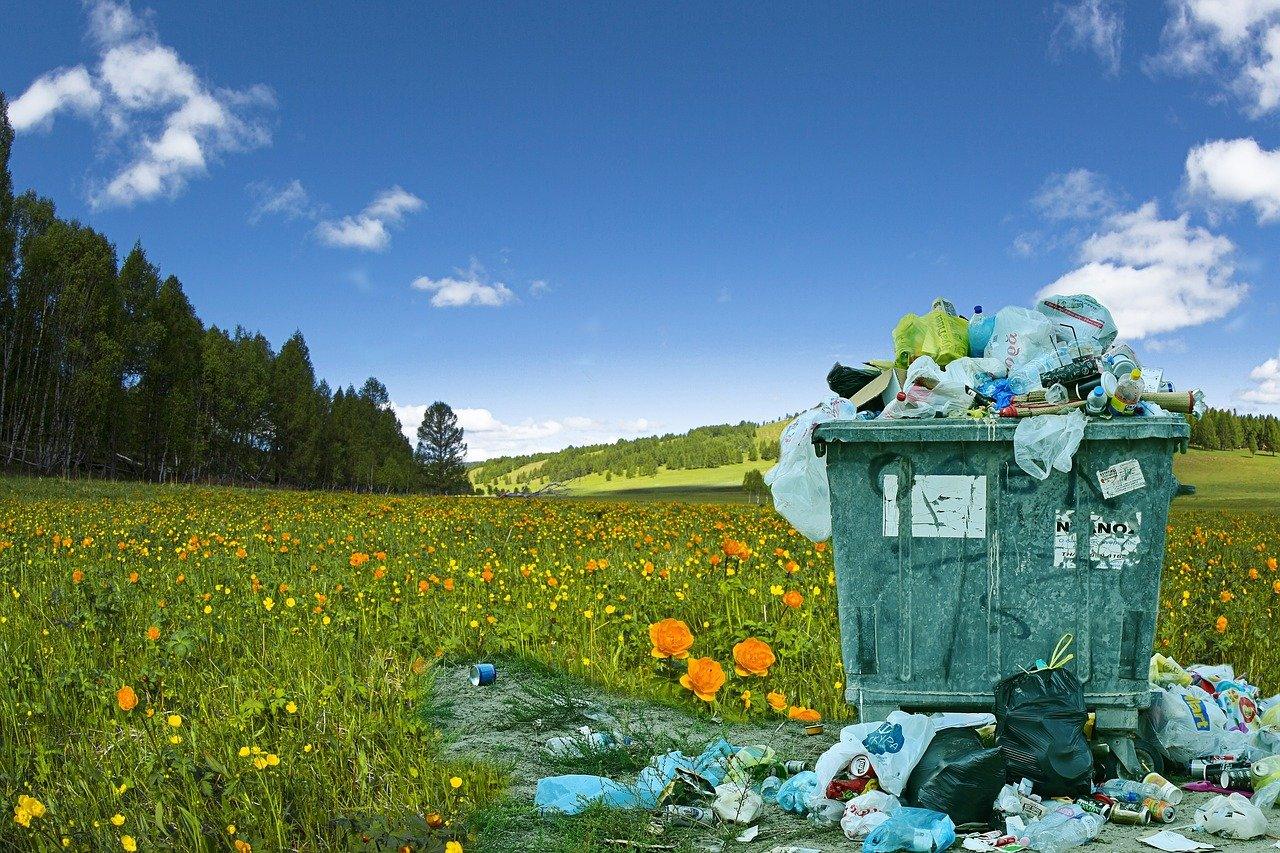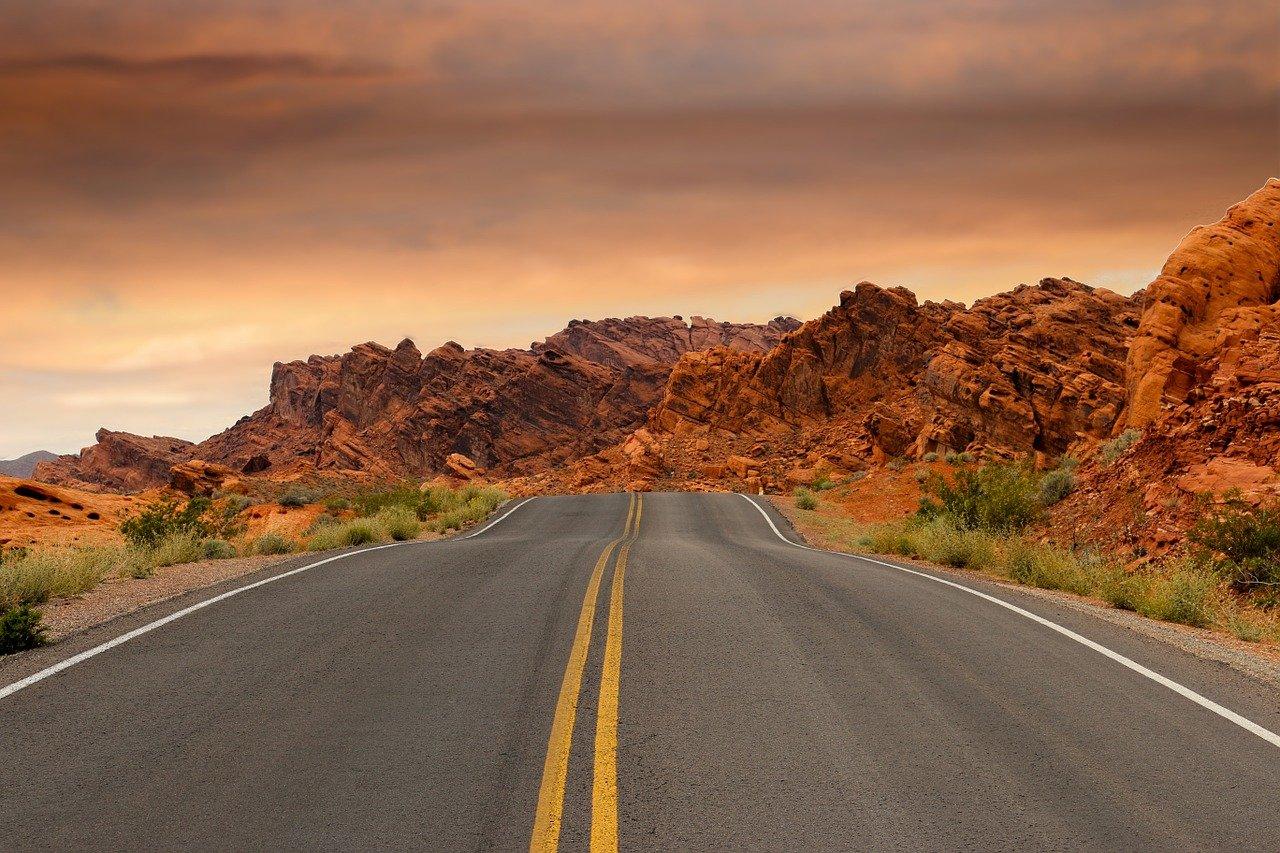40% OFF ALL LEED EXAM PREP PRODUCTS! | PASS YOUR EXAM CONFIDENTLY, ON YOUR FIRST TRY!
40% OFF ALL LEED EXAM PREP PRODUCTS! | PASS YOUR EXAM CONFIDENTLY, ON YOUR FIRST TRY!
Add description, images, menus and links to your mega menu
A column with no settings can be used as a spacer
Link to your collections, sales and even external links
Add up to five columns
Add description, images, menus and links to your mega menu
A column with no settings can be used as a spacer
Link to your collections, sales and even external links
Add up to five columns
What Is Life-Cycle Approach In LEED?
3 min read

Green buildings need a life-cycle approach, and project teams should always look at the big picture by evaluating all phases of the project together rather than merely looking at the snapshots. A life cycle of a building covers location selection, design, construction, operations and maintenance, refurbishment, and renovation or demolition. At the very beginning of the project, project teams need to think about the very last phase of the building, which would be the demolition or complete renovation of the building.
Let’s consider a wood-flooring product that is selected to be used in the project. Project teams need to evaluate the raw material manufacturer of the wood flooring. Was the wood extracted in a responsible manner? After cutting trees, does the wood manufacturer plant new trees in order to avoid deforestation?
Then, the project teams also need to consider the cost and durability of the product, and they need to evaluate what can happen to the wood flooring after its useful life. Can it be recycled, or will it become a waste product? This practice, which investigates materials from their extraction to their disposal, is called a cradle-to-grave approach.
In order to avoid waste, closed systems should be formed, and a product should become a part of another product, after its useful life, through recycling or reusing. Evaluating products according to this philosophy is called a cradle-to-cradle approach, which aims to extend the product lifecycle to avoid waste.
To examine the environmental cost of a product to nature, the energy consumed resulting from a product’s manufacturing, transportation, installation, and use should also be evaluated. The total energy consumed in all of these stages is called the embodied energy. By way of illustration, think about marble mined in China, manufactured in Europe, brought to the United States for purchase, and then bought for use in a building. The embodied energy of that marble will include all the energy consumed for the extraction, manufacture, transportation, installation at the site, and, finally, disposal. The more embodied energy a product contains, the more it will result in damage to the environment.
When deciding on the products to be used in projects and also to support decision-making of the project teams, the life-cycle approach should be implemented for environmental considerations with life-cycle assessment (LCA). And for cost considerations life-cycle costing (LCC) should be applied.
Life-cycle assessment evaluates all the environmental effects of a product during its whole lifetime. A cradle-to-grave, or cradle-to-cradle, approach is used in LCA, and the total energy use and other environmental consequences resulting from the creation of that material are additionally calculated. Hence, conducting an LCA for the whole building is beneficial in showing the trade-offs between different materials and in helping in the selection of materials that would be the best fit for the project and the environment.
Life-cycle costing assesses a product’s total cost by evaluating both its purchase price and its operating costs. For example, a more expensive but more durable refrigeration system can cost less compared to a less expensive but less durable one. If the less durable refrigeration system will require more maintenance and will have a shorter lifetime, using that system may result in more total expenditure for the project owner.
Life-cycle thinking should be applied to all decisions made in green building, not only to product selection. Setting targets and discovering ways to find the best solutions early in the project can yield great results.
Also in Projectific Blog

What Changes In LEED v5 & When Will The LEED Exams Will Be Based On LEED v5?
2 min read
As building professionals prepare for this significant update, two critical questions arise: what are the major changes in LEED v5, and when will the LEED credential exams transition to the new version?

How LEED Handles Recyclables With The Storage And Collection Of Recyclables Prerequisite
2 min read

LEED Heat Island Reduction Credit Explained
2 min read

